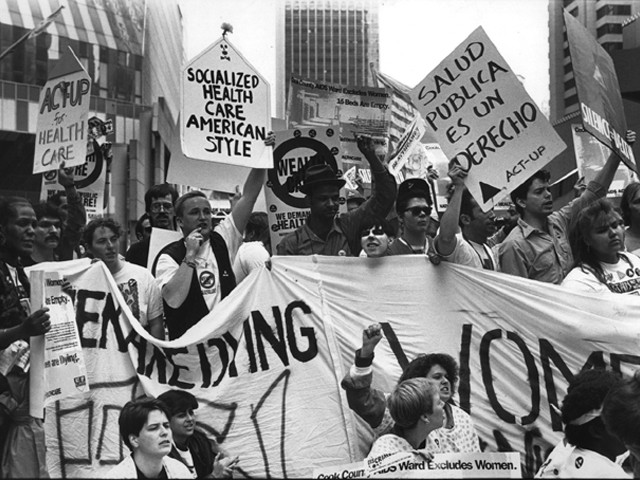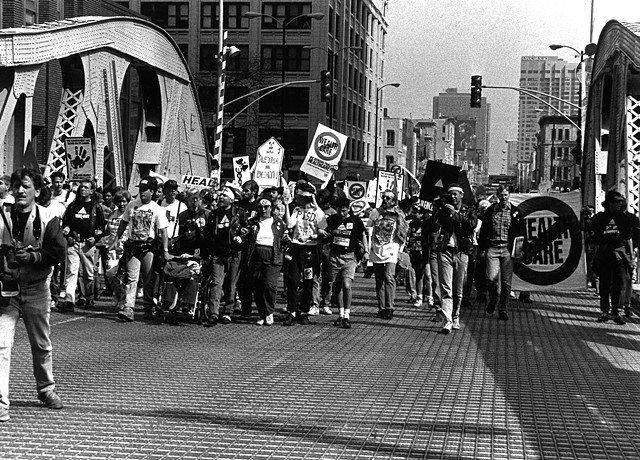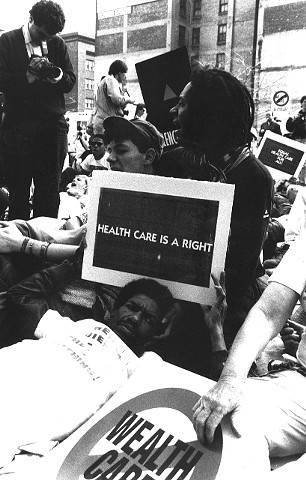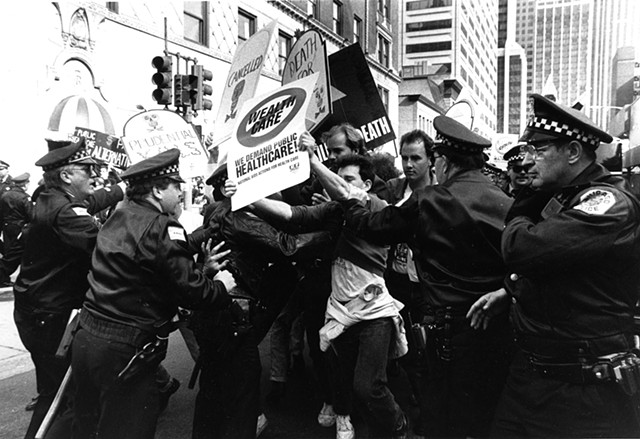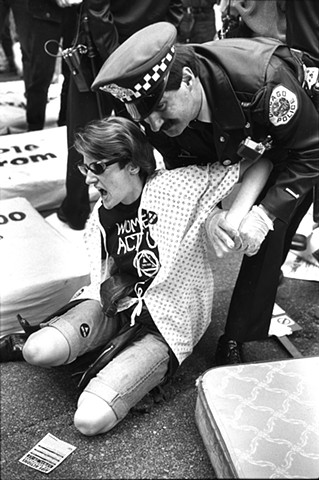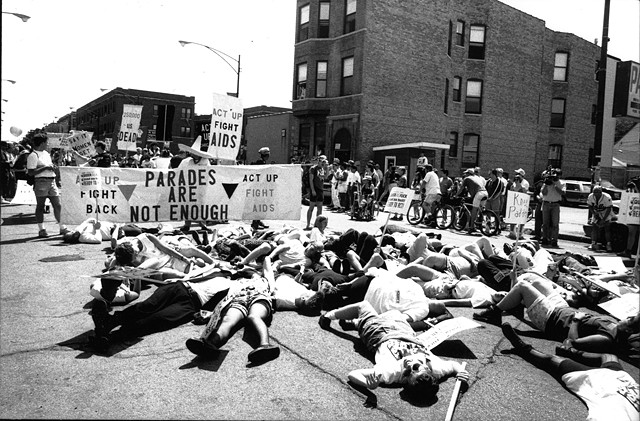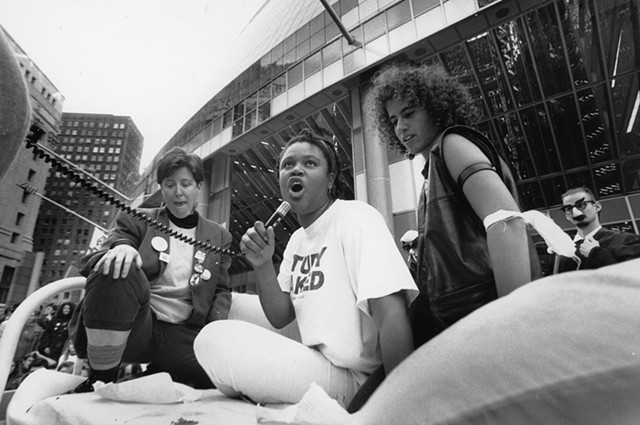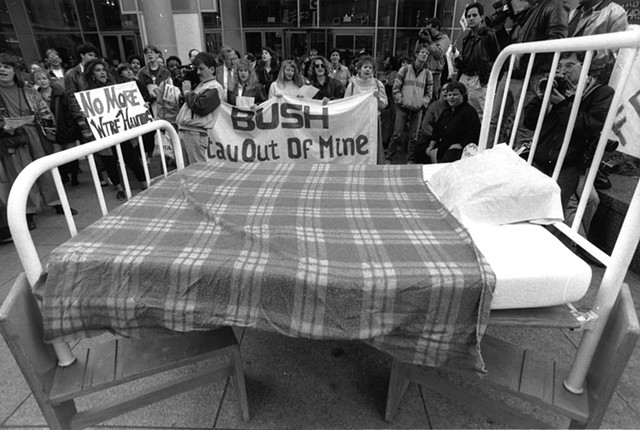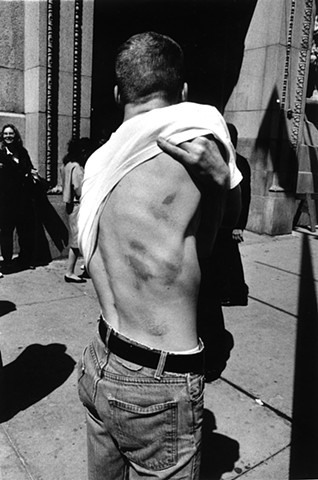The Thrill is gone
from “The Thrill is Gone (confessions of a former AIDS activist),” The Passionate Camera, ed. Deborah Bright, Routledge, 1998
1.
For me, these photographs recreate… a moment equally imagined and “historical.” This conflation of documentary, personal memory, and desire acts as a screen on which I can project my own grief, anger, numbness, cynicism, and dreams, as well as analyses… while it is theoretically and practically impossible for me to be distanced, it is equally untenable for me to speak only personally, since my experiences are bound up with those of many others… “my pictures” do not belong solely to me, or (even) to ACT UP… I cannot look at these photographs without experiencing again a huge sense of loss, reliving the grief for friends who have died, and missing others who are no longer in my life. I mourn the disappearance of an imagined community of passionate friends, lovers, cohorts, and comrades (3) which, despite its problems, frustrations, and contradictions, embodied for me a common struggle against the state, corporate America, and a prevailing culture of homo- and sex-phobia, racism, ignorance, and fear… antidotes against despair, they remind me of what once existed in fullness, in life, and which therefore can re-emerge.
(3) Benedict Anderson is the contemporary historian who has theorized the concept of “imagined communities” in his book of the same name, Imagined Communities, London, Verso, 1983.
Photo credits (left - right, top to bottom): Genyphyr Novak (1, 3, 4, 7, 8, 9), Linda Miller (2, 5, 6, 12), Steve Dalber (10, 11)
